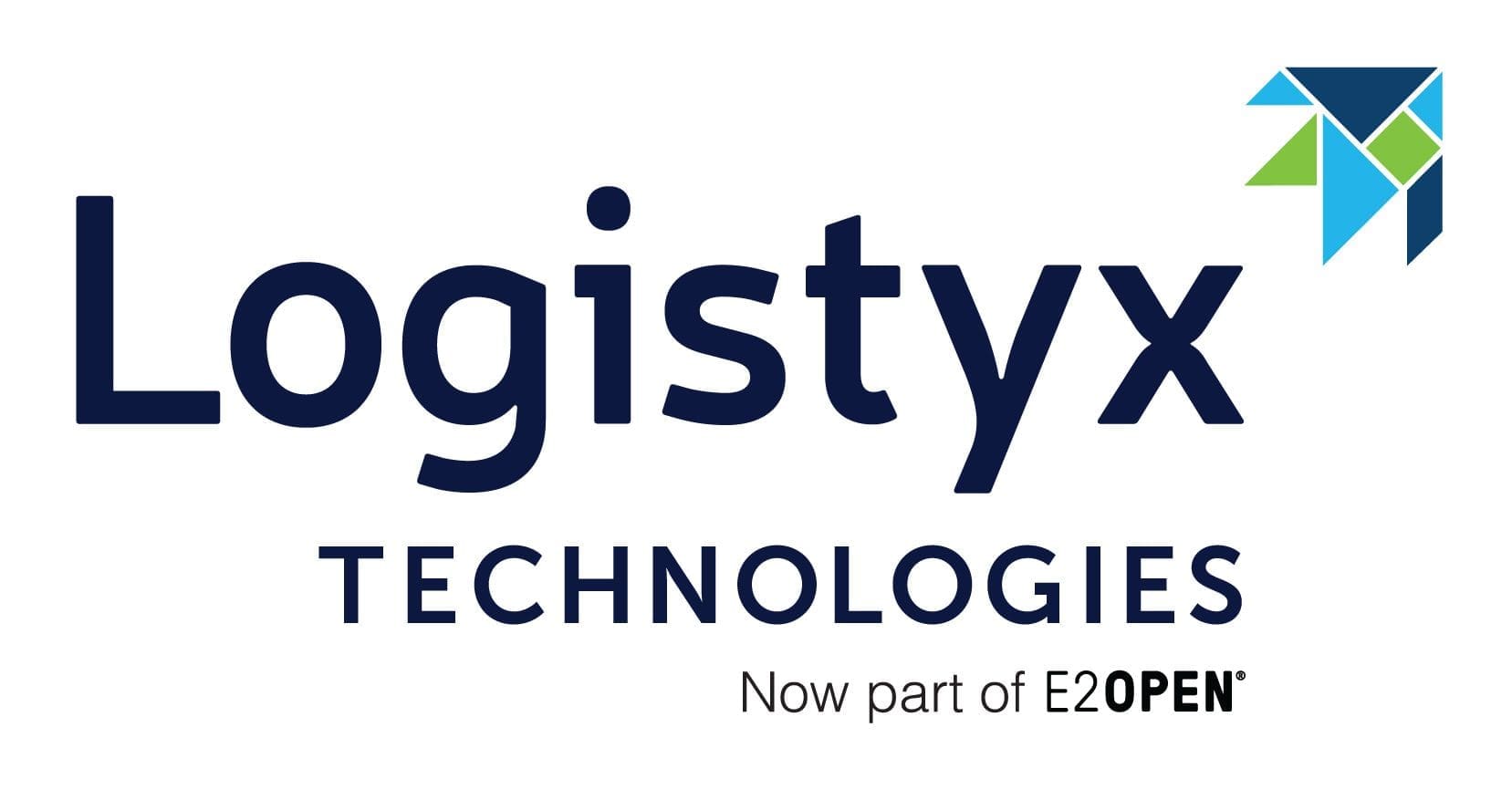5G represents the next generation of broadband cellular technology. I have written before that 5G for supply chain applications is still at the hype stage. However, the 5G protocol is slowly evolving to add more features for industrial applications. The promise of 5G is alluring. Thus, it was of interest to me to hear what […]
Robotic process automation (RPA) has gotten a good deal of attention. RPA is process automation software that is used to automate high volume, repeatable tasks. The process automation Dow is investigating and developing extends to higher level decisions for which robotic process automation is not well suited. What Dow is doing, however, is RPA taken to a whole other level.
Digital twin is the phrase used to describe a computerized (or digital) version of a physical asset or process. The digital twin contains a sensor or sensors that collects data to feed the asset model. These concepts have implications for complex production scheduling.
BASF does not get credit for having one of the world’s most intelligently constructed supply chains. They should. Core to their design is what they call the “Verbund” concept. This allows the byproducts from one product to be efficiently used as raw materials in the next.
An oil depot is an especially hazardous form of warehouse. The standards and processes involved to ensure safety in these facilities may be too onerous for many industries. Nevertheless, understanding the most rigorous safety processes, and being able to appropriately adopt them to less hazardous facilities, is a worthwhile exercise. This article examines facility safety and lessons learned from the Buncefield Oil Storage Depot fires.
BASF uses real-time visibility to improve their service capabilities. They implemented a solution from MacroPoint, a Descartes company, to improve their delivery reliability as well as improve the productivity of the transportation providers they use to service the North American market. But implementing great technology is not enough. Getting the most out of software also requires dealing with both internal and partner cultural issues and improving processes. According to Bill Wehrle, the Director of Supply Chain for isocyanates and inorganics in BASF’s Monomers strategic business unit, the journey that BASF has been on to improve their supply chain’s reliability started eight years ago.
Supply chain planning in the chemical industry is difficult because of the complexities associated with this industry. Optimization depends on models. The models for the chemical industry tend to be much more complex and detailed than in most other industries.



















